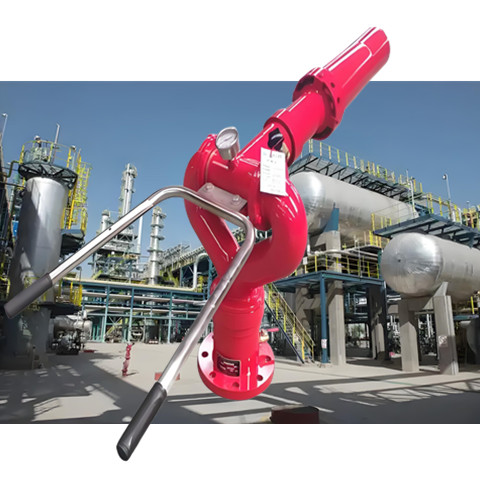Optimal Placement Guidelines for Foam Fire Monitors
1. Wind Direction and Distance Requirements
Foam fire monitors must be positioned at least 30 meters away from the protected area (e.g., combustion zone or flammable materials) on the upwind or crosswind side, avoiding potential explosion hazards. If the upwind direction is impractical, crosswind placement is an acceptable alternative.
 2. Coverage Efficiency
2. Coverage Efficiency
2. Coverage Efficiency
Fixed foam monitors should ensure dual-stream coverage for complete protection of all critical areas. A high-low placement strategy is often employed—for instance, in aircraft hangars, elevated monitors are installed on upper structures while ground-level units provide supplementary coverage to eliminate blind spots.
3. Environmental Considerations
For outdoor installations, prioritize the prevailing upwind direction to minimize wind interference with discharge patterns. If obstructions (e.g., tall structures) impede the stream, elevated fire monitor towers may be necessary to maintain effectiveness.
4. Structural Safety
Mounting locations must withstand recoil forces during operation. Ensure:
Wall-mounted units are affixed to load-bearing surfaces.
Roof-mounted systems undergo structural load assessments.
All platforms or brackets meet stability standards to handle operational stress.
- Portable Fire Monitors,Mobility Meets Power
- [Standard Design] What size fire pipes do different flow rate smart fire water monitors need?
- Essential Components and Accessories for Engineering Manual Fire Monitors
- How to Choose the Right Fire Monitor
- Foam Fire Monitor Global Expertise for Chemical Plants
- fire water cannons or spray-type fire extinguishing systems in large spaces



